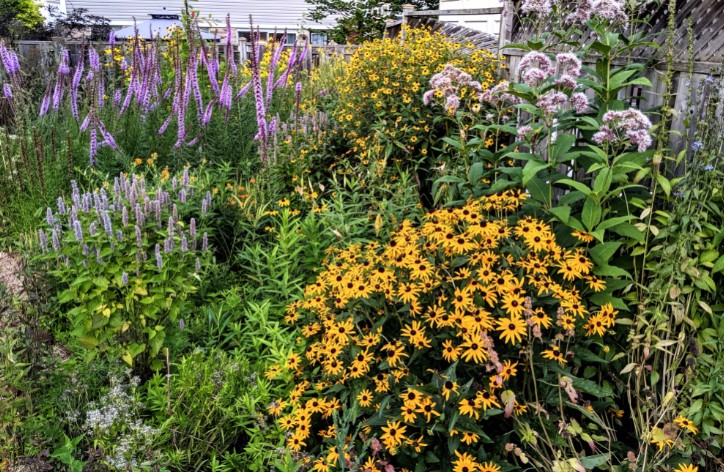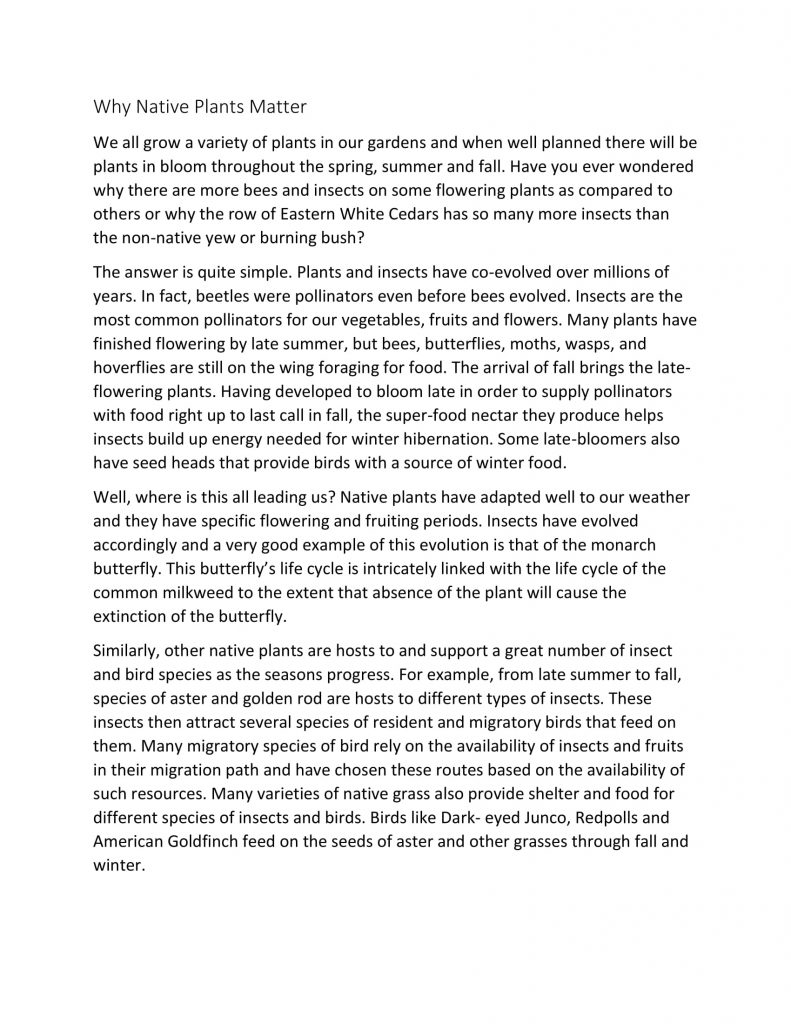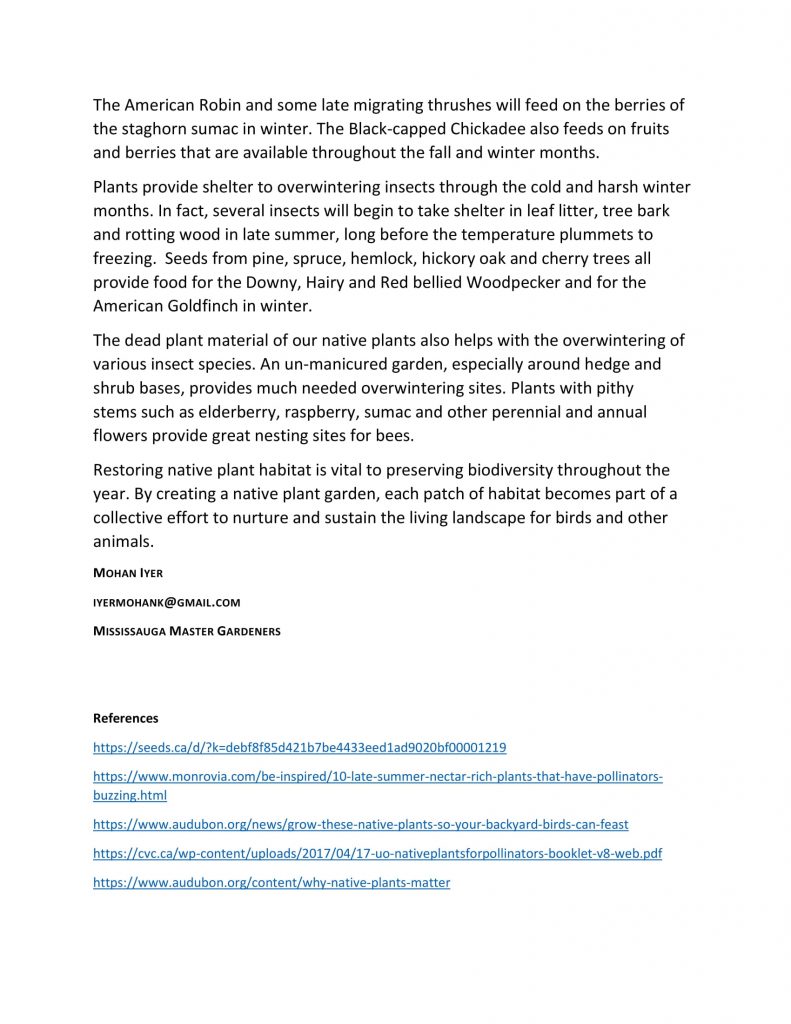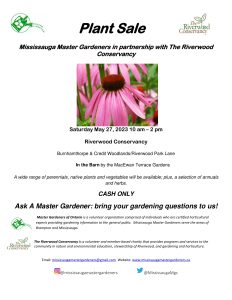Author: MK
Mississauga Seed Library Launch
Welcome spring with the re-opening of the Mississauga Seed Library for 2023.
Now in a new location (while the Port Credit library is under renovation.)
Celebrating the 9th year of the Mississauga Seed Library with workshops, gardening experts and family-friendly activities.
When: SATURDAY MARCH 11th. 10:30 am to 1:30 pm
Location: Small Arms Inspection Building (SAIB)
1352 Lakeshore Road East Mississauga, ON L5E 1E9
Master Gardeners Technical Update 2023: Register Soon!
Toronto Master Gardeners are hosting the 2023 virtual technical update via Zoom
Saturday, January 14, 2023 10am-2:30pm
Theme: ECOLOGICAL GARDENING PART 2: Digging deeper into our changing relationship with the garden.
More info & registration here: //www.torontomastergardeners.ca/technical-update-2023/
Plant Sale: It’s Back This Year! May 28th 2022 at The Riverwood Conservancy

Mississauga Master Gardeners are super excited to announce that our PLANT SALE is back this year!
Come and join us on May 28th at The Riverwood Conservancy!
Planting native plants from seed instructions Video#2: Sowing Tiny Seed in Trays
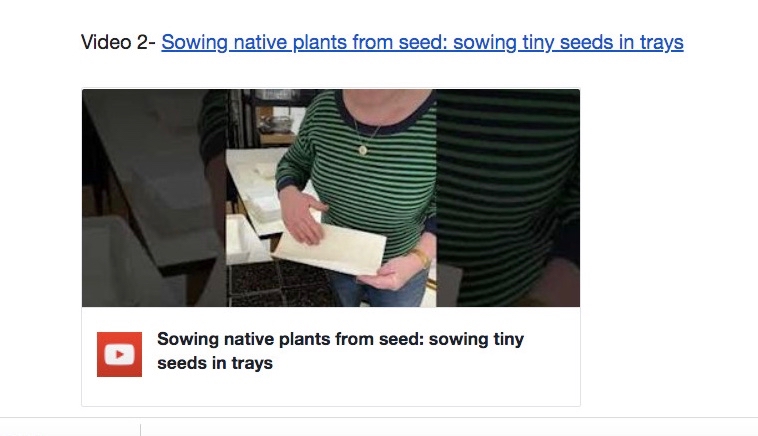
Here’s one method for sowing tiny native wildflower seeds without the risk of overseeding. Catherine Fleming, a Mississauga Master Gardener and volunteer at Blooming Boulevards, demonstrates her very effective technique.
WATCH VIDEO #2 here
Thanks to Jeanne at Blooming Boulevards for providing these videos.
Planting native plants from seed instructions Video #1: How to Prepare Seed Trays
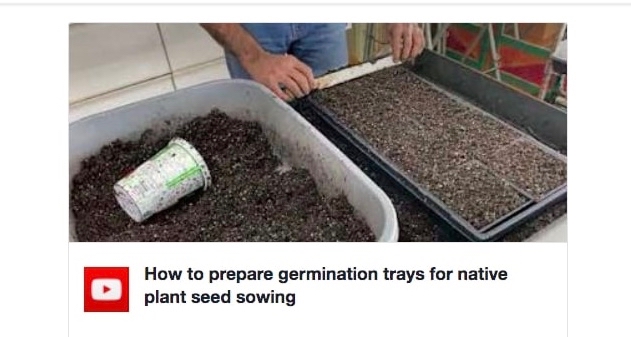
Planning to grow native plants from seed? Here are some tips and techniques for getting off to a good start.
Ornamental Grasses: Go Native! Try to find a space for a native grass on your property this year. The birds will thank you.
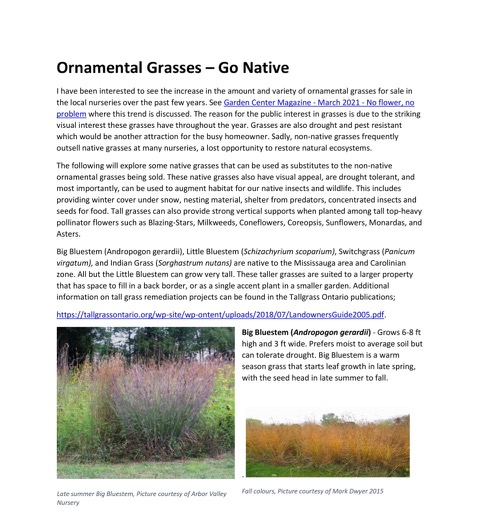
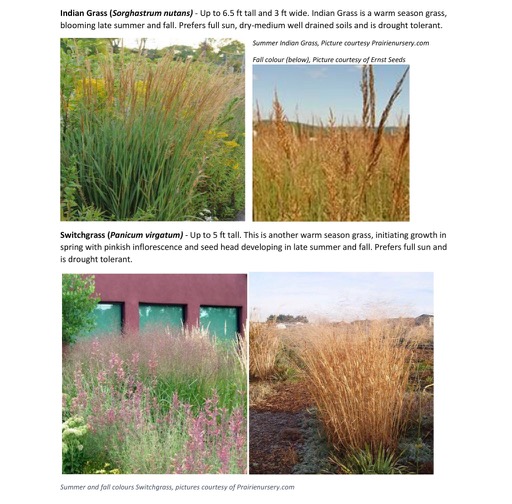
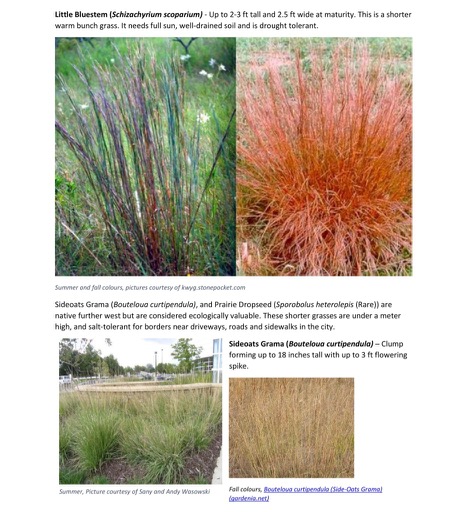
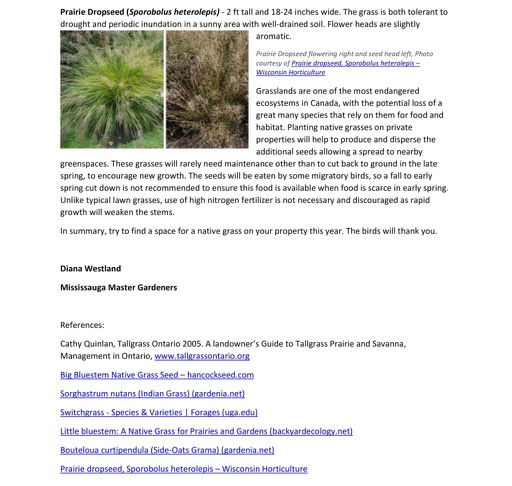
Native Plant Profile: Staghorn Sumac (Rhus typhina)

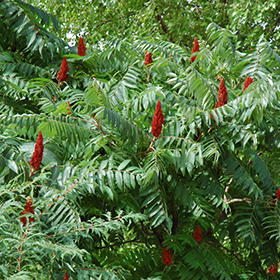

Want more native plants? Did you know: You can sow native plant seeds in winter!


Ever heard of Asian Jumping Worms? They’re in Ontario and they are a nuisance!
Jumping Worms: The Creepy, Damaging Invasive You Don’t Know
…and they are here in Ontario already.
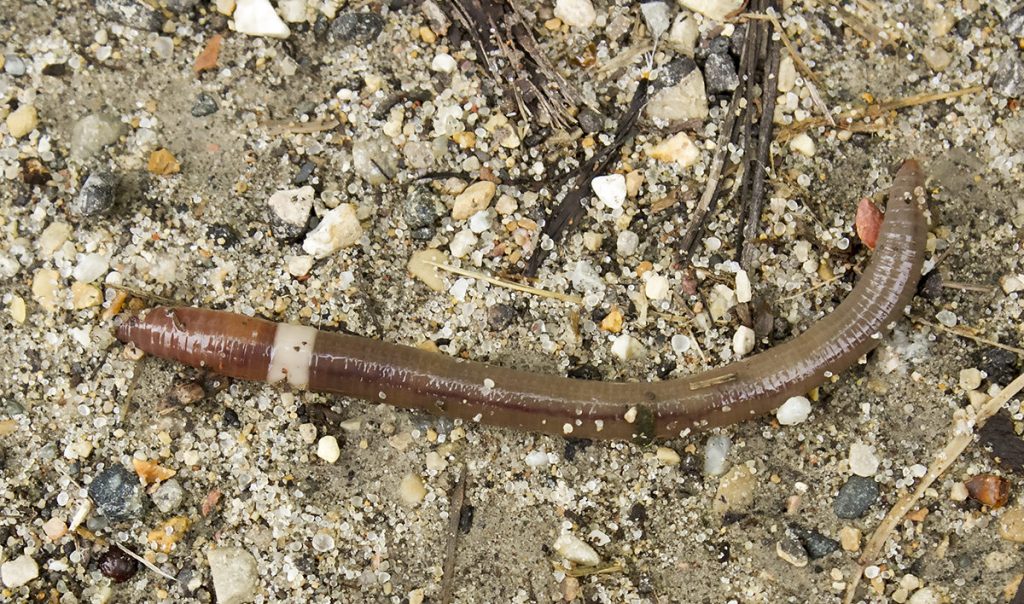
Source: Nature.Org
//blog.nature.org/science/2016/10/31/jumping-worm-the-creepy-damaging-invasive-you-dont-know/
Disturb a jumping worm and it’s like a nightcrawler on steroids: It violently writhes on the forest floor, recalling a snake in a bad horror movie. Try to catch it, a piece of its tail will detach in your hand — still wriggling as you hold it.
But put aside the creepy factor: jumping worms may be the next big threat to northern forests.
Jumping worms, consisting of various non-native species from multiple genera, have become established in a number of eastern and southeastern states. In 2013, species from the genus Amynthas were confirmed for the first time in the Upper Midwest, at the University of Wisconsin-Madison Arboretum.
In the forests and prairies of the Upper Midwest, the jumping worm could significantly alter habitats and decrease biodiversity. Why are they so damaging? And is there anything we can do to stop them?
Why Much of What You Know About Earthworms is Wrong
You probably learned about the wonders of earthworms at an early age. They aerate the soil. They help your garden grow. And they catch fish. The humble earthworm is a creature to celebrate.

Overlooked in all this earthworm love is an important fact: in a significant portion of the North American continent, no native earthworms have existed since before the Ice Age. As such, forests and other habitats have evolved without them.
But people love earthworms. They indeed use them by the millions for fishing, and for composting, and to help gardens grow. And so the worms have been spread far and wide. Even areas with native earthworms have largely been taken over by non-native varieties. The common nightcrawler — familiar to anyone who has ever cast a bobber and hook — is a European species.
Earthworms have also spread into the northern habitats where worms have been absent for thousands of years. The hype is true: earthworms cycle through a lot of refuse, and fundamentally change the soil. This may be good in your backyard garden plot, but it’s not in the northern forest.
“Earthworms change the environment to suit their needs,” says Brad Herrick, ecologist and research program program manager at the University of Wisconsin-Madison Arboretum. “When they are introduced, they make a host of physical, chemical and biological changes to the soil environment.”
Essentially, worms turn the forest floor — a complex community of plants, invertebrates and microbes – into a completely different habitat.
The jumping worm, if established in the Upper Midwest, brings new threats. “We think the changes to native habitats will be similar to other earthworms but even more dynamic,” says Herrick.
Spread of the Jumping Worm
You probably think of earthworms as living underground. But the jumping worm actually lives in the topmost layer of the forest floor — amongst the fallen leaves and other material that cover the soil. It eats that fallen organic material. And that’s the problem.
That leaf litter provides essential nutrients to the forest. Trees need long-lasting sources of nutrients. When jumping worms quickly turn leaves into very loose soil (resembling coffee grounds), they deprive trees of essential nutrients.
They thus can inhibit the establishment of tree seedlings. The altered soil is inhospitable to many native plant species. And that soil also disrupts the relationships between fungi and trees.
In short, the jumping worm could have profound effects on the overall forest ecosystem.
As with so many invasive species, they’re adaptable and difficult to stop. They’re parthenogenetic: they can reproduce without fertilization. The introduction of a single individual is enough to launch a jumping worm invasion.
The worms have an annual life cycle. They die in the fall, but leave tiny cocoons that spend the winter in the soil.
And they can be spread readily by human habits. Take their preferred habitat of fallen leaves. At this time of year, many people are raking leaves into a pile and setting them by the road to be picked up or converted into mulch. The worms — or their cocoons — are thus transported to new habitats. Compost and potted plants can also move the worms around.
“Unfortunately at this time, there are no good control measures,” says Herrick. “The important thing now is to the stop the spread. Everyone can help.”
New England Aster: Profile of an Ontario Native Plant
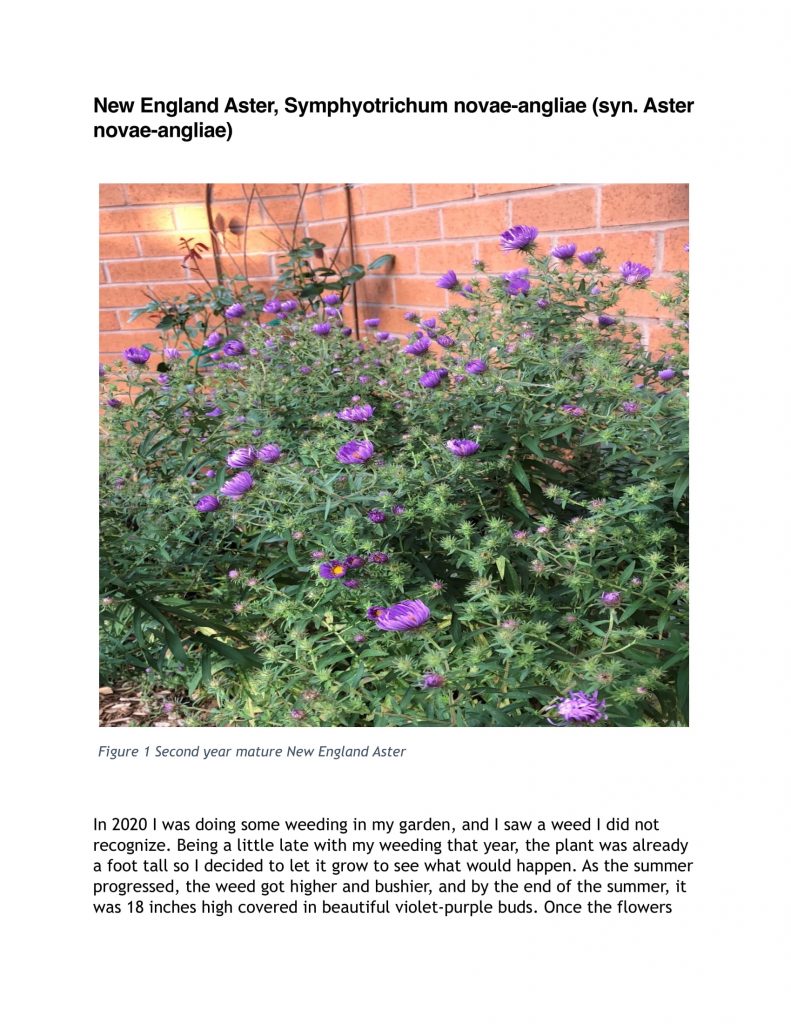
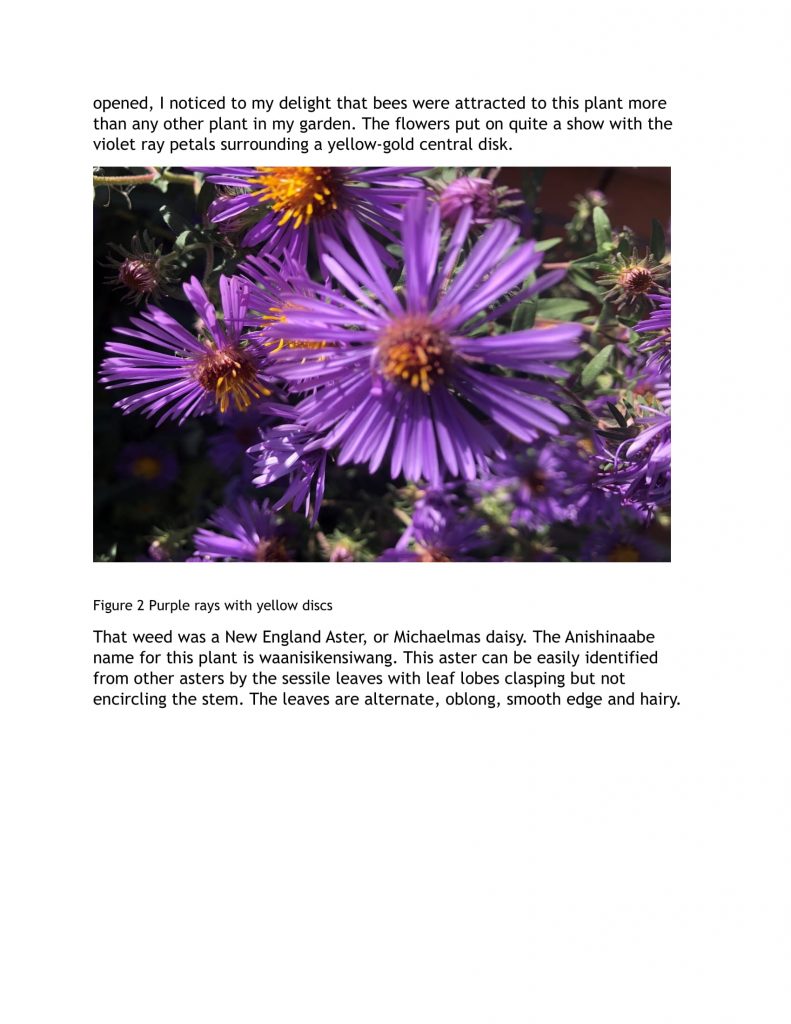
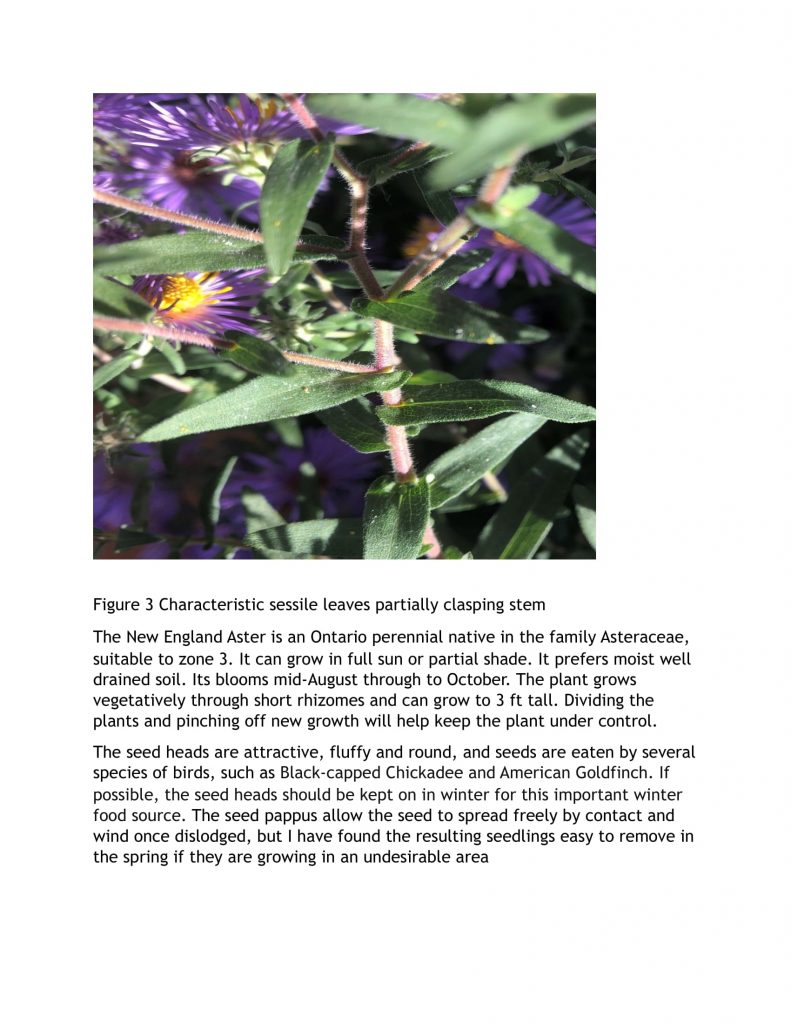
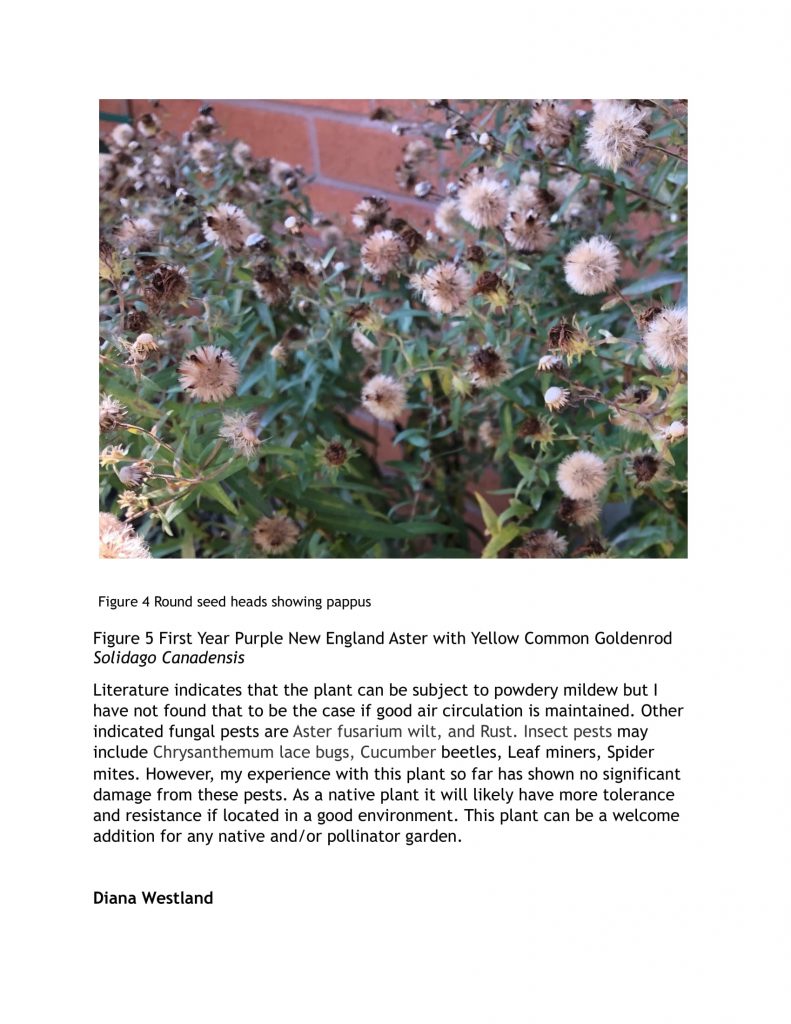

Why Native Plants Matter
